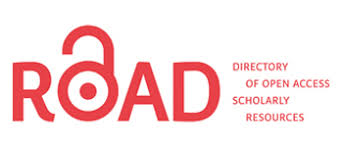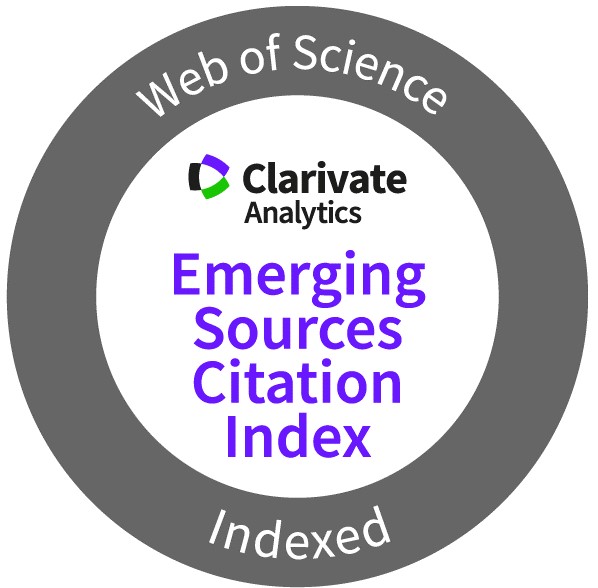Educação Inclusiva em tempos de pandemia
uma revisão sistemática de evidências qualitativas
Palabras clave:
Aulas remotas, Aluno, Deficiência, Inclusão, PandemiaResumen
Este estudo visa caracterizar o atual cenário escolar em tempos de pandemia, especialmente no que diz respeito a inclusão escolar dos alunos com deficiência no contexto de aulas remotas. Assim, objetiva-se analisar a inclusão escolar dos alunos com deficiência durante a pandemia do COVID19. Esse estudo foi embasado sob uma pesquisa bibliográfica, a qual permitiu-nos conhecer leis inclusivas, relatórios parlamentares e diversos autores que remetem a importância de manter viva as práticas inclusivas. Portanto, tomamos conhecimento que as esferas governamentais responsáveis por articular ações a favor da educação inclusiva estão sendo omissas desde o início da pandemia no Brasil.
Citas
Brasil (2015). Câmara dos Deputados. Lei nº 13.146, de 6 de julho de 2015. Institui a Lei Brasileira de Inclusão da Pessoa com Deficiência (Estatuto da Pessoa com Deficiência). Diário Oficial da União, p. 43.
Brasil (1998). Constituição da República Federativa do Brasil. Imprensa Oficial.
Brasil (1994). Declaração de Salamanca e linha de ação sobre necessidades educativas especiais. UNESCO.
Brasil (1996). Ministério da Educação. Lei de Diretrizes e Bases da Educação Nacional. LDB 9.394, de 20 de dezembro de 1996.
Cury, C.R.J. et al. (2020). O Aluno com Deficiência e a Pandemia.
Mendes, R. (2020). Protocolos sobre educação inclusiva durante a pandemia da COVID-19: Um sobrevoo por 23 países e organismos internacionais. Instituto Rodrigo Mendes.
Publicado
Cómo citar
Número
Sección
Derechos de autor 2021 Ana Paula Leite da Silva Tanaka, Francisco Roberto Diniz Araújo

Esta obra está bajo una licencia internacional Creative Commons Atribución-NoComercial-CompartirIgual 4.0.
Los autores que publican en esta revista están de acuerdo con los siguientes términos:
- Los autores conservan los derechos de autor y garantizan a la revista el derecho de ser la primera publicación del trabajo al igual que licenciado bajo una Creative Commons Attribution License que permite a otros compartir el trabajo con un reconocimiento de la autoría del trabajo y la publicación inicial en esta revista.
- Los autores pueden establecer por separado acuerdos adicionales para la distribución no exclusiva de la versión de la obra publicada en la revista (por ejemplo, situarlo en un repositorio institucional o publicarlo en un libro), con un reconocimiento de su publicación inicial en esta revista.
- Se permite y se anima a los autores a difundir sus trabajos electrónicamente (por ejemplo, en repositorios institucionales o en su propio sitio web) antes y durante el proceso de envío, ya que puede dar lugar a intercambios productivos, así como a una citación más temprana y mayor de los trabajos publicados (Véase The Effect of Open Access) (en inglés).










